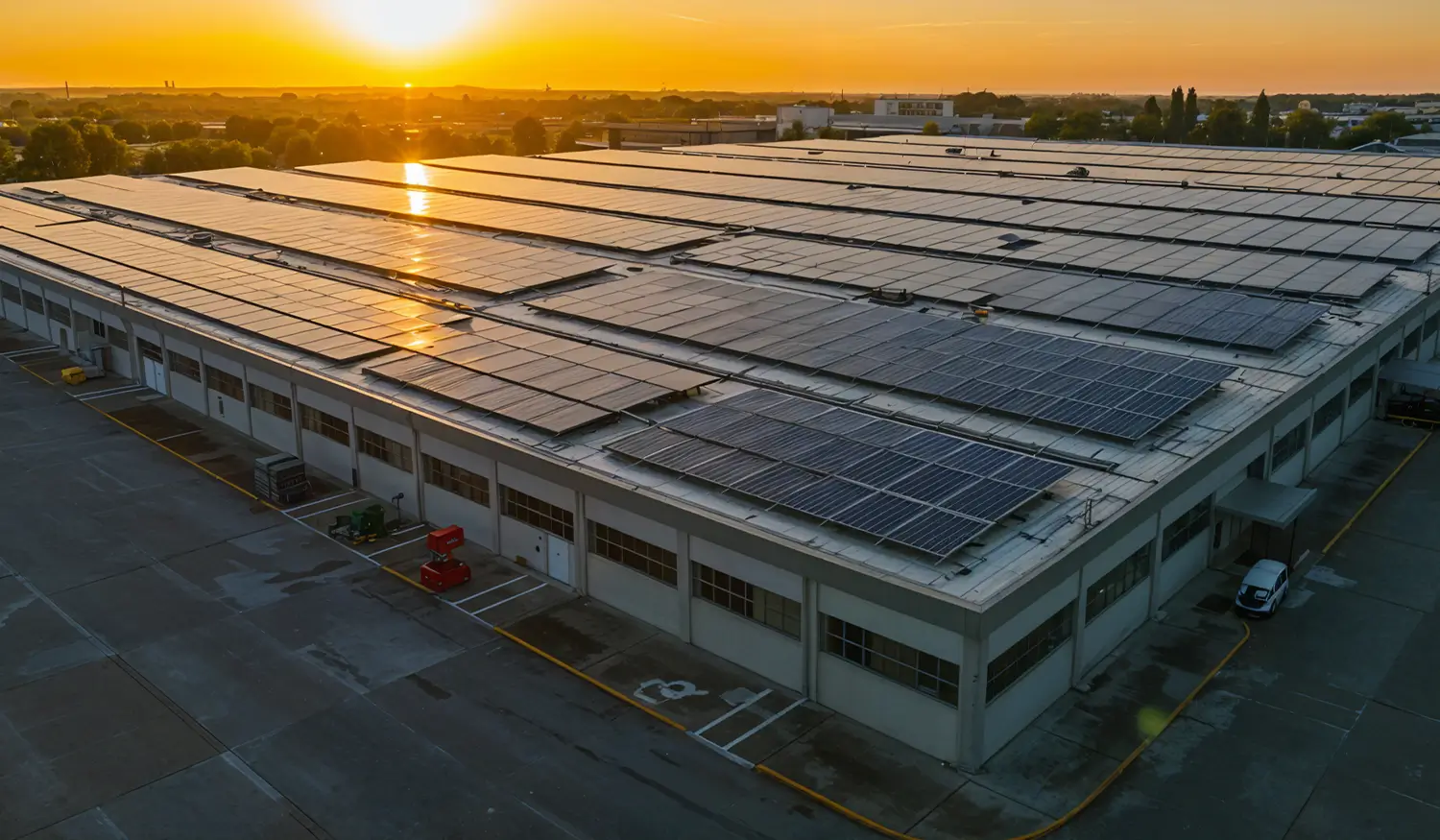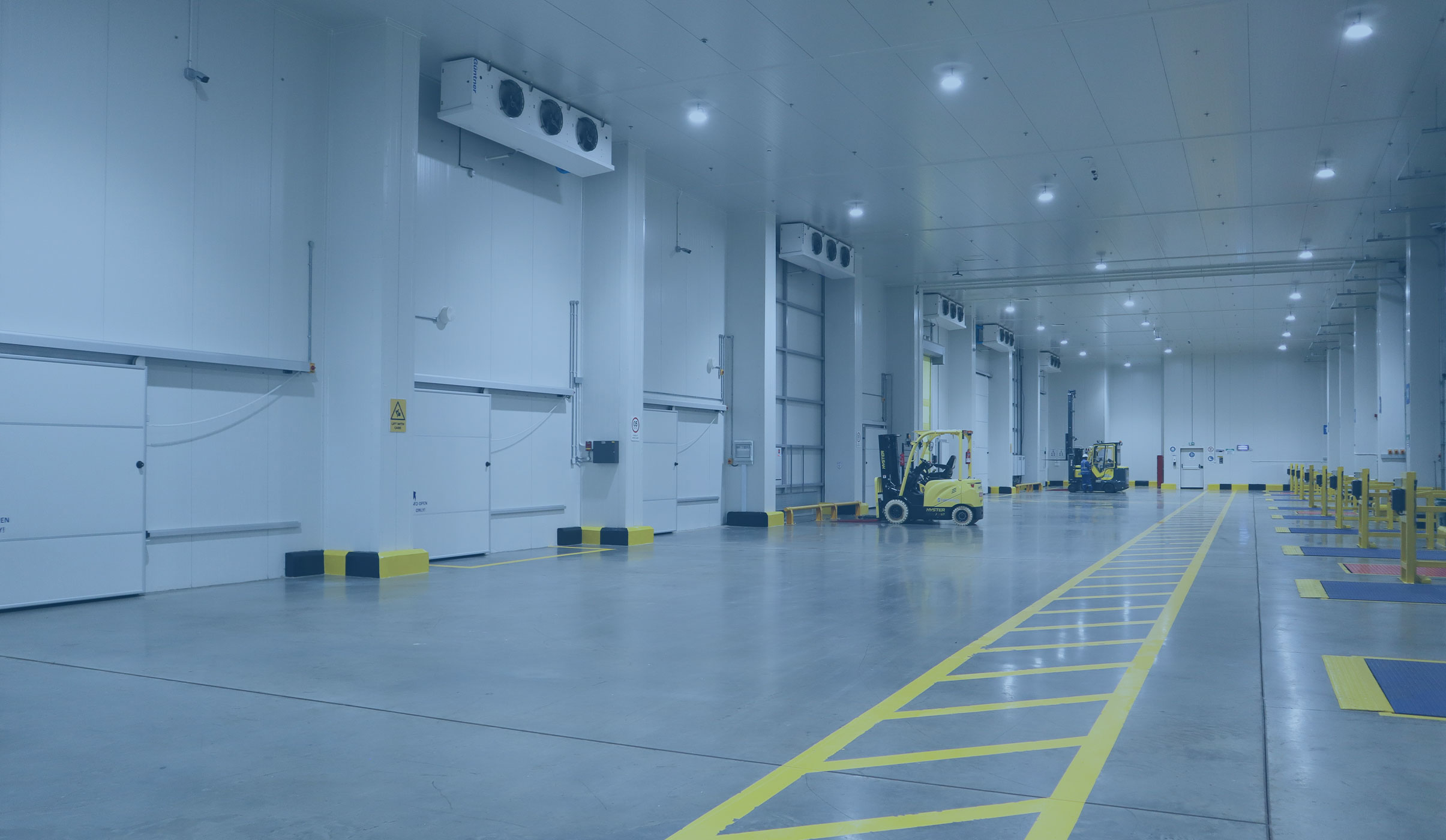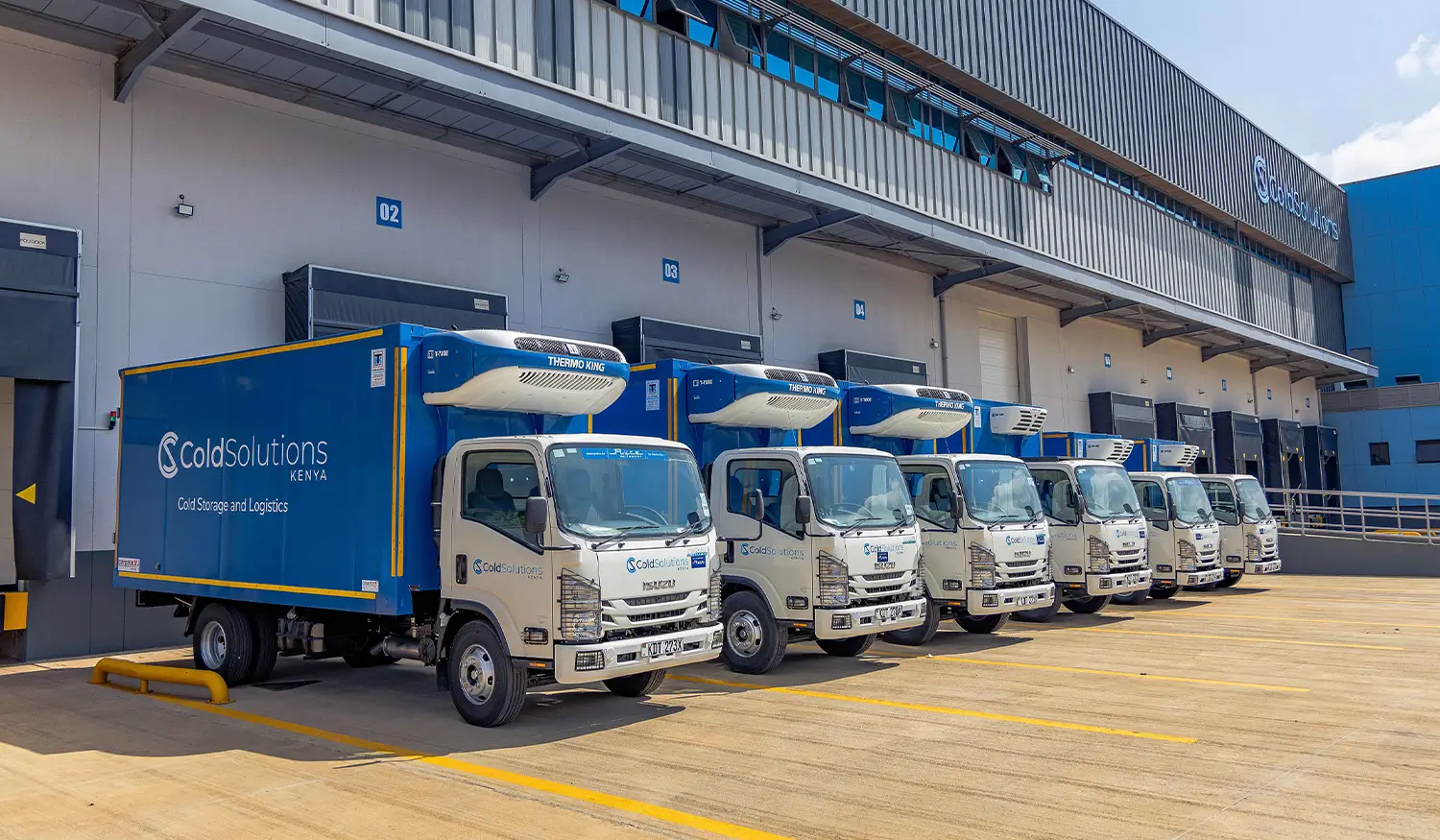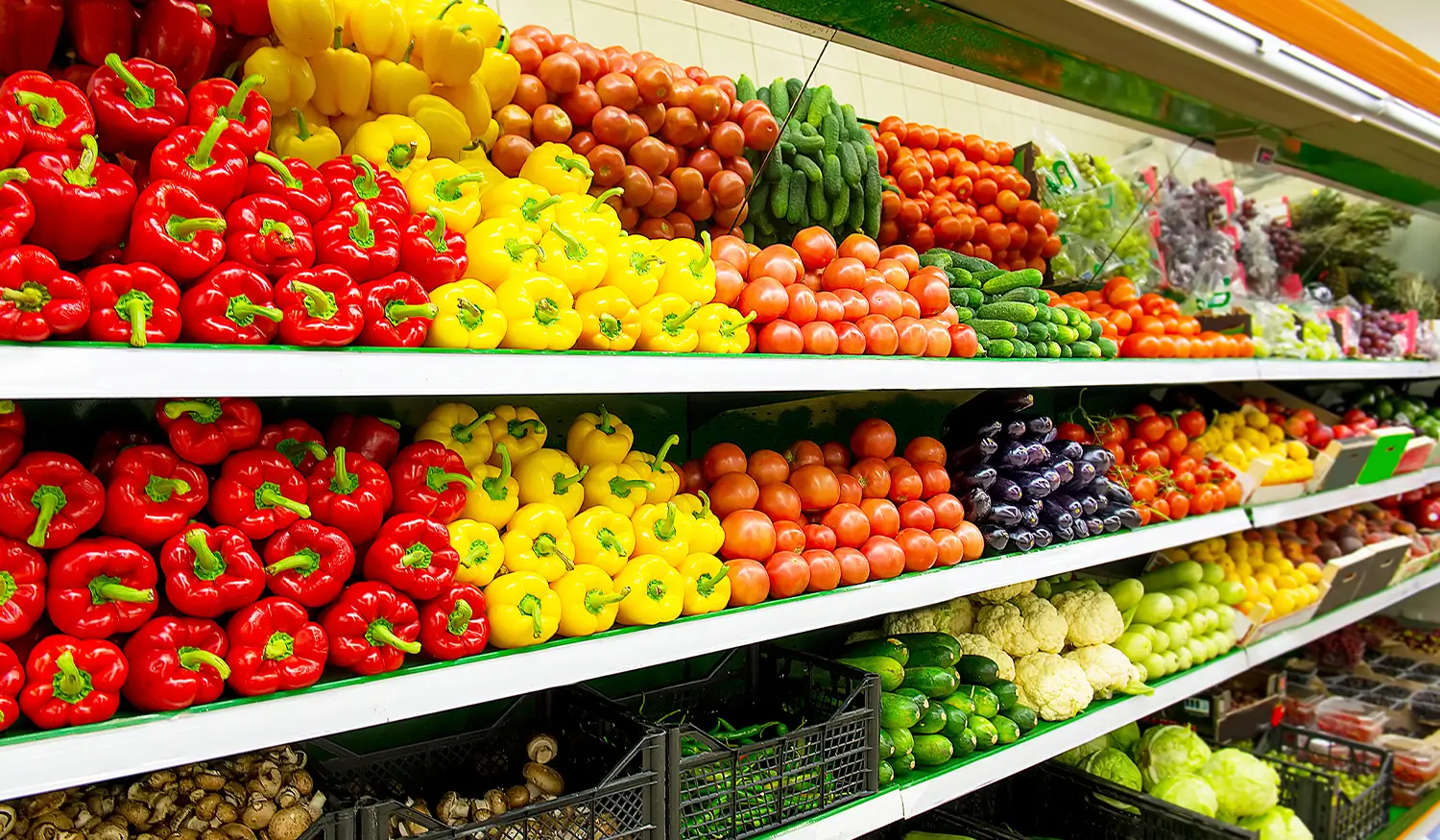
In an era defined by rapid global warming, volatile weather patterns, and ever‑increasing demand for temperature‑controlled logistics, the cold storage sector finds itself at a crossroads, on one hand, expanding cold chain capacity is critical to reducing post‑harvest losses, improving food security, and serving burgeoning pharmaceutical and industrial markets, on the other, energy‑intensive refrigeration processes contribute significantly to greenhouse gas (GHG) emissions and indirect environmental impacts.
For Cold Solutions Kenya and its partners across Europe, the Americas, Africa, and in Kenya, the challenge is clear: how do we expand our footprint while minimizing our carbon footprint?
1. The Global Imperative: Why Cold Storage Matters
- Food Security and Waste Reduction: The United Nations estimates that approximately one-third of the food produced globally is lost or wasted each year. Cold storage mitigates the spoilage of perishable goods, including fresh fruits and vegetables, dairy products, and meat, thereby extending their shelf life and enhancing food availability.
- Pharmaceutical Integrity: Vaccines, biologics, and temperature-sensitive medications require uninterrupted cold chain control to maintain their integrity. As healthcare access expands in emerging markets, so too does the need for reliable, sustainable storage solutions.
- Industrial & Chemical Applications: From specialty chemicals to advanced materials, precise temperature control is increasingly a non‑negotiable requirement in modern manufacturing processes.
However, the sector’s reliance on electricity, often generated from fossil fuels, and HFC refrigerants with high global‑warming potential (GWP) underscores a pressing environmental responsibility.
2. Lessons from Europe and the Americas
Energy Efficiency & Renewable Integration
- Heat Recovery Systems (Europe): Many European facilities now utilize waste heat from refrigeration compressors to warm adjacent office spaces or preheat water, resulting in a reduction of up to 25% in overall energy consumption.
- On‑Site Renewables (North America): It’s increasingly common for large cold storage parks in the United States and Canada to deploy rooftop solar or ground‑mounted arrays, combined with battery‑storage systems, and solar can offset up to 40% of daytime load.
Low‑GWP Refrigerants & Design Innovation
- Natural Refrigerants: Norway, Germany, and parts of California lead the charge in adopting CO₂ (R-744), ammonia (R-717), and hydrocarbons (R-290) as low-GWP alternatives. Although these systems require higher operating pressures or specialized safety measures, they can reduce lifecycle greenhouse gas (GHG) emissions by 70-90%.
- Modular and Prefabricated Units: Standardized plug-and-play cold rooms enable rapid deployment with minimized on-site fabrication, tighter thermal envelopes, and optimized insulation materials, such as vacuum panels and spray-foam systems.
These initiatives demonstrate that high performance need not come at the cost of high emissions, a lesson that resonates across continents.
3. Pan‑African Momentum & Regional Synergies
Across Africa, cold chain development is accelerating, driven by the African Development Bank’s investment platform and partnerships with the private sector.
Key trends include:
- Solar‑Hybrid Cold Rooms: In regions with unreliable grid power, solar PV combined with diesel or battery backup ensures continuous operation. In Kenya’s Rift Valley and parts of West Africa, pilot projects show 30 to 50% diesel savings by shifting peak load to solar generation.
- Unified Cold Chain Corridors: The East African Community (EAC) initiatives aim to link key production zones, such as Kenya’s horticultural farms, with ports in Mombasa and Dar es Salaam. Coordinated investment in trans‑border temperature‑controlled trucking and storage reduces bottlenecks and carbon‑intensive idling.
Yet, challenges persist around financing, technical skills, and regulatory alignment. That’s where Cold Solutions Kenya’s expertise becomes invaluable. By offering turnkey design, installation, and maintenance services, we de‑risk projects for agribusinesses, processors, and logistics providers alike.
4. The Kenyan Context: Opportunities & Imperatives
Kenya’s vision to become East Africa’s agribusiness hub hinges on modernizing its cold chain, according to recent data from the Kenya National Bureau of Statistics, post‑harvest losses in fruits and vegetables hover around 30 to 40%, mainly attributable to inadequate storage and transport, meanwhile, the government’s Big Four Agenda prioritizes both food security and manufacturing growth, two areas directly served by robust cold storage capacity.
Key considerations for Kenyan stakeholders,
- Grid Reliability vs. Fuel Costs: While Kenya boasts one of Africa’s most diversified electricity mixes (geothermal, hydro, wind, solar), rural grid stability remains a concern; hybrid solar‑diesel systems and micro‑grids present an attractive ROI when diesel costs exceed US$1.20 per liter.
- Scaling Smallholders: Hundreds of thousands of smallholder farmers lack access to centralized facilities, modular, community‑level cold rooms, subsidized or financed via off‑takers, which can unlock year‑round market access and reduce waste.
- Sustainability Regulations: Kenya’s Environmental Management and Coordination Act (EMCA) and the forthcoming Greenhouse Gas Management Regulations are likely to tighten reporting requirements and incentivize the adoption of low-carbon technologies. Early adopters stand to benefit from potential carbon credits and “green” certification.
Case in Point: A recent pilot with a leading Kenyan dairy cooperative installed a 250 m³ solar‑hybrid cold room near Nakuru. After one year, diesel usage dropped by 48%, uptime improved to 98%, and spoilage rates halved, demonstrating both environmental and commercial upside.
5. Driving B2B Impact: How Cold Solutions Kenya Delivers Value
- Tailored System Design: Leveraging global best practices, we custom‑engineer hybrid and renewable‑ready systems that align with clients’ CAPEX and OPEX targets.
- End‑to‑End Project Management: From site surveys and permitting through to construction, commissioning, and operator training, Cold Solutions Kenya ensures projects hit performance benchmarks on schedule.
- Lifecycle Services & Digital Monitoring: Our IoT-enabled remote monitoring platform provides real-time insights into temperature, energy consumption, and maintenance needs, empowering clients to optimize asset performance and demonstrate their sustainability credentials to stakeholders.
- Regulatory & Financial Advisory: We guide clients through incentive programs, compliance pathways, and carbon‑finance opportunities, maximizing returns on green investments.
Conclusion: A Sustainable Roadmap for Growth
The cold storage sector stands at the nexus of economic development and climate stewardship, for businesses in Europe, the Americas, across Africa, and here in Kenya, sustainable cold chain solutions not only reduce environmental impact but also unlock efficiency gains, risk mitigation, and new revenue streams, Cold Solutions Kenya is committed to partnering with agribusinesses, healthcare providers, and logistics operators to deliver temperature‑controlled infrastructure that balances growth with sustainability, because in today’s world, true resilience means cooling smarter, not harder.
Let’s build a cold chain that preserves more than just perishables; it preserves our planet for generations to come.







